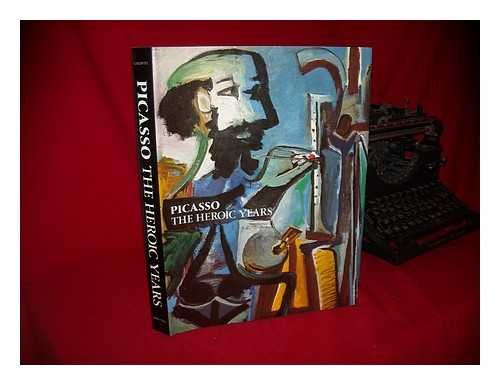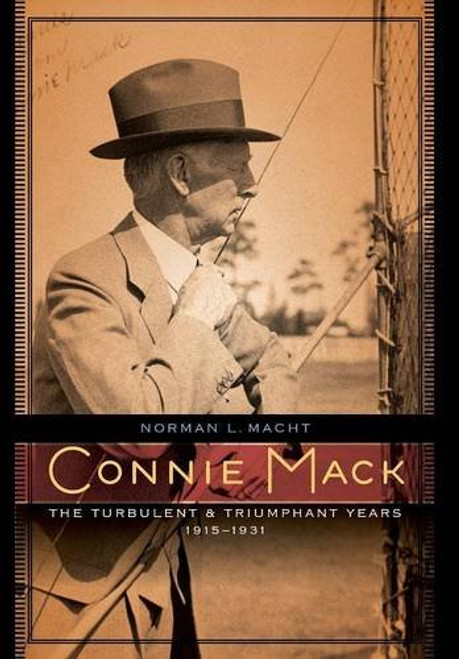Product Overview
The long-awaited third volume of John Richardsons definitive biography of Pablo Picasso combines the critical astuteness, exhaustive research, and stunning narrative that made the first two volumes an art-historical breakthrough as well as a pleasure to read.
The Triumphant Years takes up the artists life in 1917, when Picasso and Cocteau left wartime Paris for Rome to work with Diaghilevs Ballets Russes on their revolutionary production of Parade. Visits to Naples, above all to the Farnese marbles in the Museo Nazionale, would leave Picasso with a lifelong obsession with classical sculpture as well as the self-referential commedia dellarte. After returning to Paris and marrying one of Diaghilevs ballerinas, Olga Khokhlova, he abandoned bohemia for the drawing rooms of Paris. Hence, his so-called Duchess period, which coincided with his switch to neoclassicism, and would ultimately be absorbed into a metamorphic form of cubism.
In the summer of 1923, Picasso and his American friends Gerald and Sara Murphy transformed the French Riviera from a winter into a summer resort, when they persuaded the proprietor of the Htel du Cap at Antibes to keep the place open for the summer. In doing so, they made the Riviera Europes major playground. Mediterraneanism was in Picassos bones. Born in Mlaga, he would always identify with this inland sea.
In 1927 the artists life underwent a major change; he abandoned society for a life out of the spotlight with a beautiful seventeen-year-old girl, Marie-Thrse Walter. His erotic obsession with Marie-Thrse would result in an ever-growing antipathy for his neurasthenic, understandably jealous wife. Balletic clues have enabled Richardson to identify a number of baffling figure-paintings as portrayals of Olga and reinterpret the work of the late 1920s and early 1930s. Picassos passionate love for his mistress and his passionate hatred for his wife can be fully understood only in light of each other.
The last three chapters constitute an annus mirabilisspring 1931 to spring 1932during which the artist celebrated his fiftieth birthday. Challenged to scale new heights by the passage of time, Picasso lived up to his shamanic belief that painting should have a magic function. In the course of this year, he reinvented sculpture and to a great extent his own imagery in a bid to Picassify the classical tradition. The resultant retrospective in Paris and Zurich in the summer of 1932 confirmed Picasso as the leader of the modern movement.






